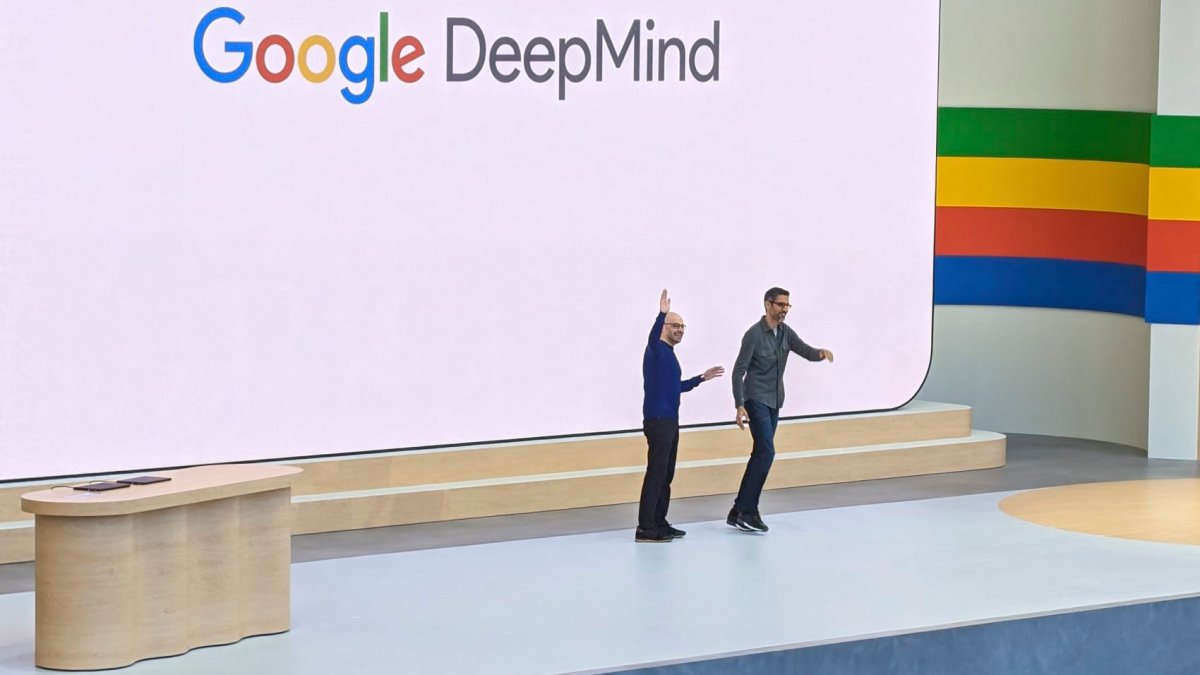DeepMind Announces Plans to Utilize AI Models for Physical Robots

Google DeepMind Introduces Advanced AI Models for Robotics
Debuting Gemini 2.0
On Wednesday, Google DeepMind unveiled two innovative AI models designed specifically for robotics, both of which operate on the Gemini 2.0 platform. Google describes Gemini 2.0 as its "most capable" AI to date, marking a significant leap in the application of artificial intelligence in physical environments. This new initiative signifies Google’s commitment to integrating AI technologies into practical robotics.
Partnership with Apptronik
To enhance the capabilities of its robots, Google announced a partnership with Apptronik, a robotics firm based in Texas. This collaboration aims to develop the next generation of humanoid robots powered by Gemini 2.0. Apptronik has a solid background, having collaborated with industry giants such as Nvidia and NASA in the past. Recently, they raised $350 million in funding, with Google’s participation underscoring the tech giant’s strategic investment in advancing robotic technology.
Displaying Practical Applications
In a series of demonstration videos, Google showcased the abilities of Apptronik robots that are integrated with these new AI models. The robots performed tasks such as plugging devices into power outlets, organizing a lunchbox, and moving plastic food items—all executed in response to spoken commands. However, Google has yet to share a timeline for when this advanced robotic technology will be available to consumers.
Key Features of Gemini Robotics
Google outlined three essential qualities that AI models for robotics must possess to be truly effective:
General Adaptability: The robots should be capable of adjusting to various scenarios and requirements, which is critical for their practical use in everyday environments.
Interactive Responses: The AI models must quickly understand and respond to user commands and environmental changes, ensuring smooth human-robot interaction.
- Dexterity: The robots need to perform precise tasks similar to what individuals can accomplish with their hands, like manipulating small objects or tools.
Gemini Robotics-ER for Developers
Alongside Gemini Robotics, Google introduced Gemini Robotics-ER (Extended Reasoning), specifically designed for roboticists to use as a training foundation for their models. This version will be available to Apptronik as well as trusted partners, which include notable companies like Agile Robots, Boston Dynamics, and Enchanted Tools. Such collaboration indicates a broader initiative to foster advancements in robotics across the industry.
The Competitive Landscape in AI Robotics
Google is not the only player aiming to dominate the robotics field with AI. In November, OpenAI announced its investment in Physical Intelligence, a startup focusing on implementing general-purpose AI into robots. OpenAI’s recent hiring of a former executive from Meta to lead its robotics efforts highlights the increasing focus on integrating AI into physical tasks.
Tesla is also making strides in this domain with its Optimus robot, showcasing the applicable nature of AI in creating functional humanoid robots.
Google’s Vision for AI in Robotics
Sundar Pichai, Google’s CEO, expressed that the company views robotics as an experimental ground for applying advancements in AI to real-world scenarios. He emphasized that these robots will leverage Google’s multimodal AI capabilities, enabling them to adapt and make changes dynamically in response to their surroundings.
The introduction of Gemini 2.0 and its robotics applications by Google reflects a significant step forward in the field of AI, demonstrating the potential of technology to enhance human-like capabilities in robots.






